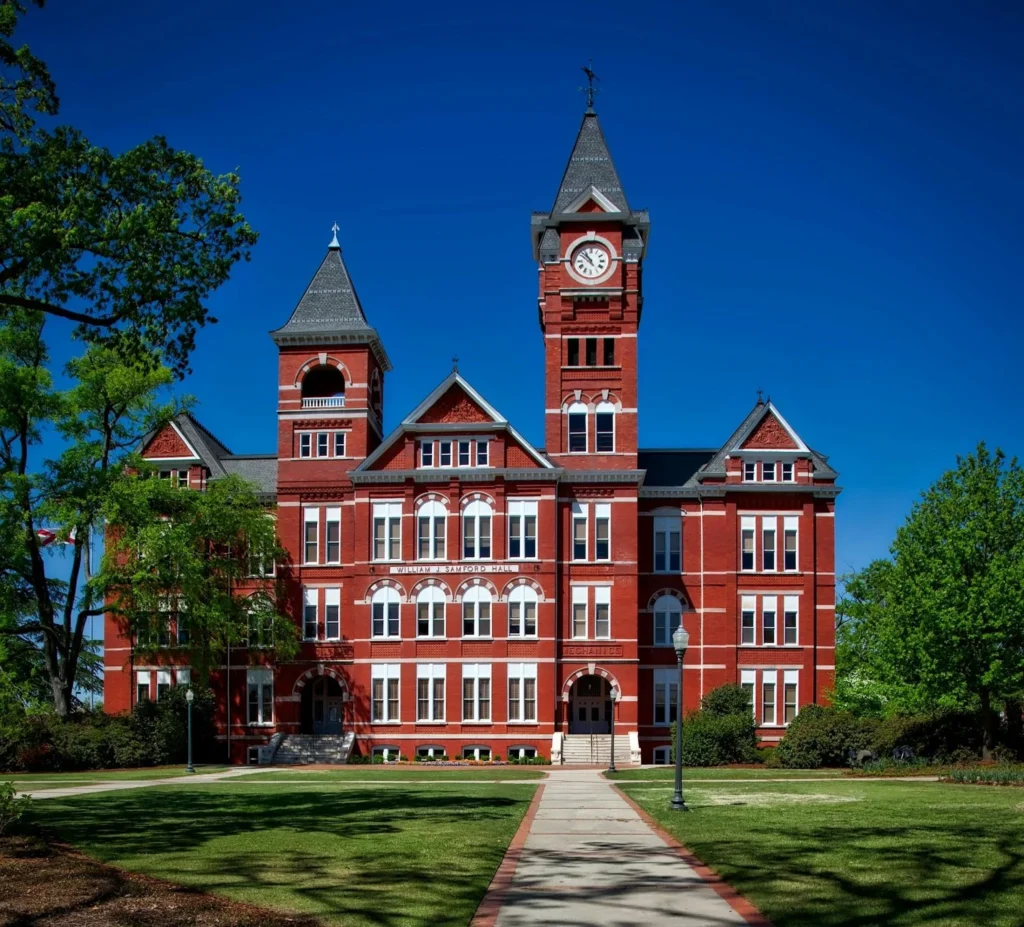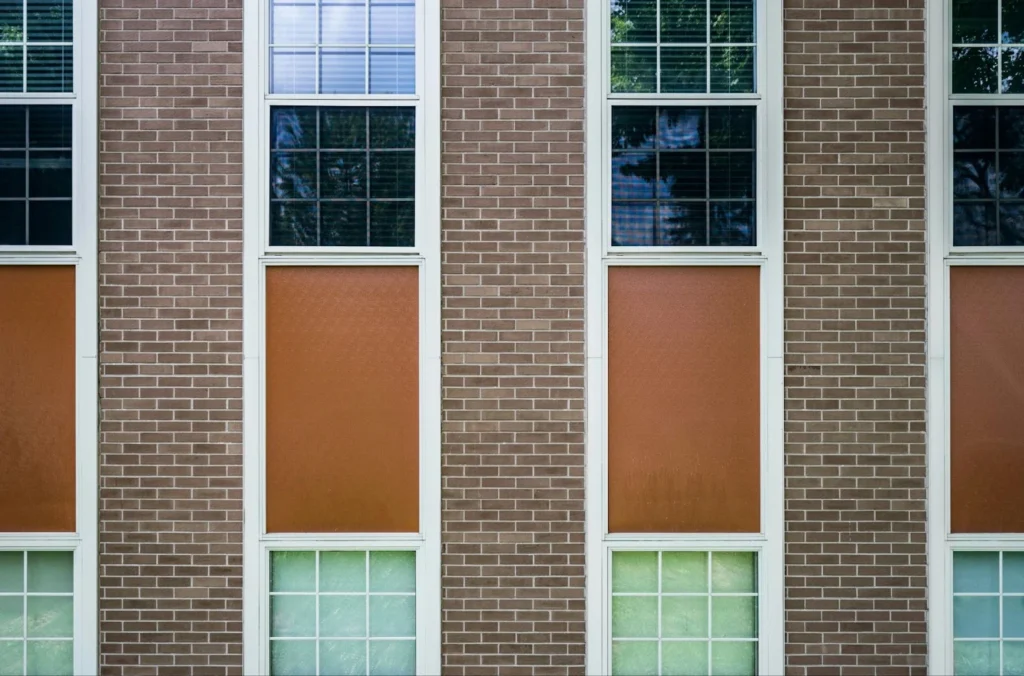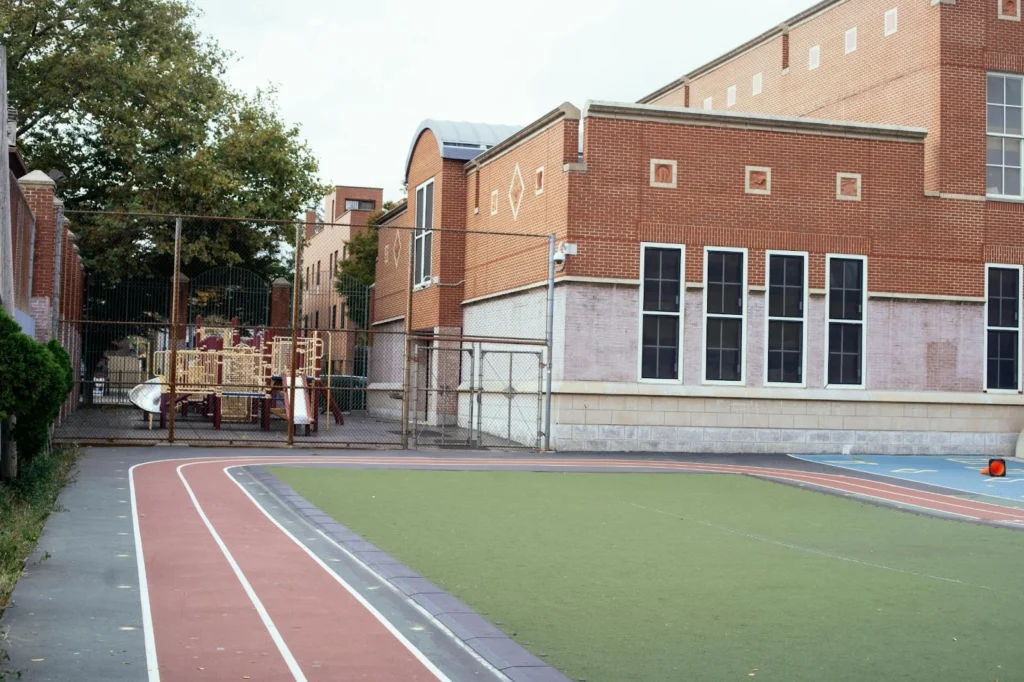Written By: Brad Campbell | April 15, 2025
Of all the school safety issues that US schools have to worry about, targeted violence is the most serious, having the potential to result in major tragedies. We’ve unfortunately seen this over and over again during the last couple of decades.
Because of the very real risk of active threat scenarios at schools across the country, it’s more important than ever for schools to find ways to mitigate the risk of targeted violence. One of the most effective ways to do this is by implementing physical security measures to keep active threats out of classrooms and other areas of schools.
When you think of school safety issues, problems like bullying and harassment are probably top of mind.
While it’s true that such issues affect the day-to-day lives of students and teachers more than targeted violence, a series of high-profile school shootings resulting in tragic mass casualty situations have brought targeted violence to the forefront of conversations about school safety and security.
School shootings and other targeted acts of violence, collectively known as active threats, have led to an increased effort on the part of the US federal government to mitigate violence in schools. This has even resulted in some states pushing for glass-hardening mandates in schools.

According to the National Institute of Justice, there have been federal programs and policies in place to address violence in schools going as far back as the 1970s.
But it wasn’t until the 90s, when a series of school shootings, including the tragic Columbine shooting, occurred that the US government really started to look at ways to better prevent and respond to targeted violence in schools.
Some of the government’s programs and policies involve schools implementing new security technologies and practices, and today there are even a wide variety of school safety and security grants available to help schools pay for these technologies and security measures.
Examples of security technologies and practices that schools have increasingly implemented over the past couple of decades include:
Traditional measures like alarm systems and security cameras are important components of any comprehensive school security system, but there’s one vital thing they don’t do — physically prevent attackers from gaining access to school buildings and classrooms.
Access control systems and locked doors are other key components that make it harder for intruders to gain entry to schools and classrooms, but they don’t stop the bad guys from breaking a vulnerable window to open a door from the inside.

Schools also tend to be full of these vulnerable windows, since they help facilitate a positive learning environment by letting natural light in, providing views of the outdoors, and allowing for observation of classrooms. This creates a unique challenge when it comes to mitigating school safety issues without detracting from the learning experience.
Fortunately, there’s a powerful solution that increases safety by preventing a school’s windows and glass doors from breaking, providing access denial to keep active threats out while also protecting against a full range of other school safety and security threats: Riot Glass.
Riot Glass school access denial barriers are constructed using specific formulations of polycarbonates, acrylics, and other plastics, resulting in virtually unbreakable glass-like security glazing that outperforms and outlasts all similar access denial products on the market.
Using retrofittable framing adapters, Riot Glass can often be installed on top of, behind, or in place of almost any existing glass surface, creating a virtually unbreakable barrier to protect people and property.
For schools, these access denial barriers are the best way to secure buildings and classrooms against forced entry and reduce the risks of violent attacks.
Riot Glass offers the highest level of physical protection during active threat scenarios, delaying or outright preventing forced entry. This critical delay allows school occupants to react by running, hiding, barricading themselves inside somewhere safe, and waiting for the authorities to arrive and neutralize the threat.
When used alongside other essential measures, Riot Glass school security solutions drastically reduce the chance of injury and loss of life on school grounds in the unfortunate event of a violent, targeted attack.
Riot Glass glazing shields also protect against a full range of other security threats that schools have to worry about, including:
This further improves overall school safety by reducing the risk of broken glass flying dangerously inward and potentially causing injury to students or staff.

As we mentioned earlier, an abundance of windows provides schools with a range of benefits in terms of the experience and atmosphere. Because of this, schools aren’t good candidates for more traditional forced entry barriers, such as window bars and grates.
Bars and grates over windows can make a school feel more like a prison than an educational institution. Riot Glass, on the other hand, looks and feels very much like standard window glass and doesn’t significantly change the appearance or functionality of windows — it doesn’t block out natural light or reduce visibility.
In other words, Riot Glass fortifies schools without making them look fortified. It provides the physical protection against active threats that many schools lack without compromising the learning environment.
Plus, since Riot Glass is designed to be a retrofit solution, it’s a very cost-effective security upgrade for schools — much more so than replacing windows with other types of security glass out there.
A Riot Glass retrofit project can easily be completed on nights and weekends or during school breaks, so as not to disrupt or make students or teachers feel uncomfortable in any way.
Lastly, there are different types of Riot Glass available to choose from, including containment-grade (non-ballistic, forced entry-resistant) and ballistic-grade (bullet-resistant) varieties, to suit all school security goals and budgets.
For schools seeking the highest level of active threat protection, ballistic-grade Riot Glass should be a consideration.
Although there’s no such thing as 100% bulletproof glass, bullet-resistant Riot Glass can stop several ballistic rounds from specific types of firearms. This is crucial during the initial seconds of an attack, as it prevents bullets from passing through windows or doors and gives building occupants more time to react.
Additionally, ballistic-grade Riot Glass is fully forced entry resistant. Even if riddled with and penetrated by bullets, it won’t break apart or significantly diminish in strength — it continues providing complete access denial, keeping active threats out of classrooms or other areas where school occupants are locked down.

Addressing school safety issues, including targeted violence, requires a proactive, multi-layered approach.
Incorporating access denial barriers to reinforce school doors and windows is one of the most effective ways to secure a school from the outside in.
By fortifying vulnerable potential entry points, schools can significantly reduce the risk of forced entry during an active threat scenario, while also protecting against other security threats and improving the overall safety of building occupants.
At Riot Glass, we’re dedicated to improving the physical safety and security of students and staff across the country. We can work with schools and local glass contractors anywhere in the US to get Riot Glass delivered and installed to our high standards. Contact us today for more information.

HOW CAN WE HELP YOU?
